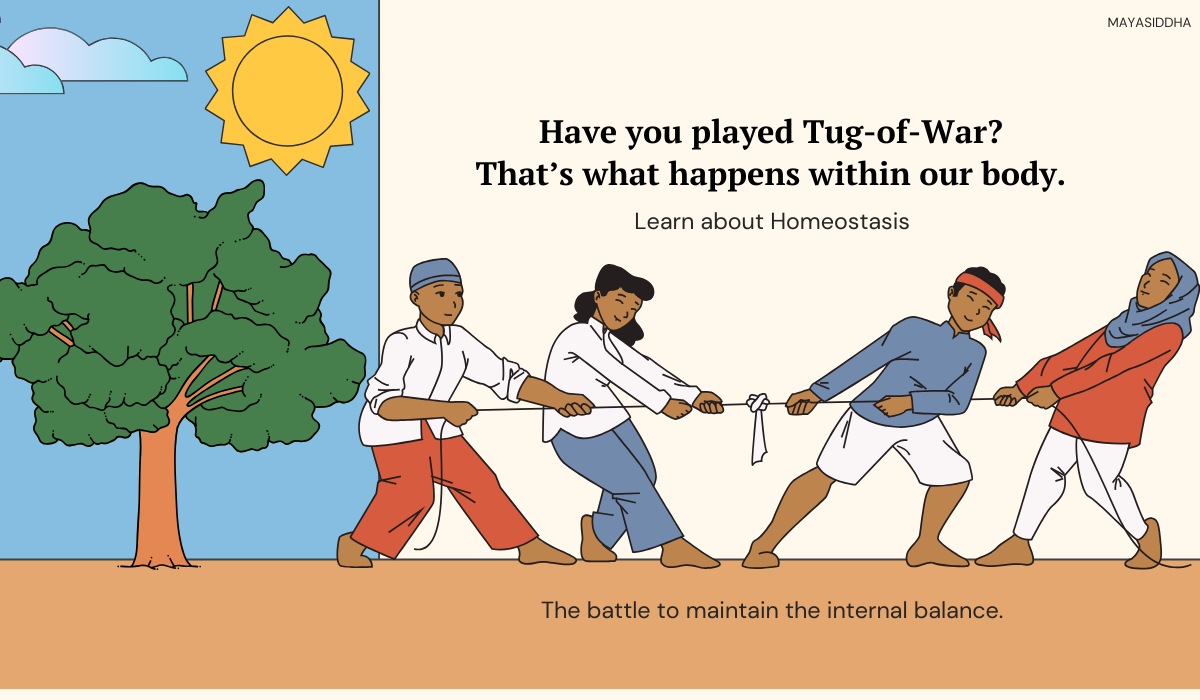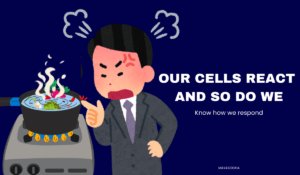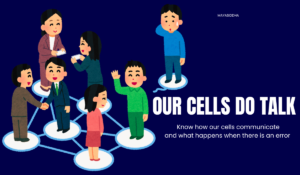Introduction
Everything in this universe is about ‘’ Survival of the fittest ’’. To survive better, we must adapt. So, in this blog, we’ll see how we humans adapt and survive well. Come let’s get into the Game of survival .
Maya: Are you talking about surviving in a forest or something like that?
Subha: Absolutely, No. I am referring to how we humans survive in this unpredictable yet predictable environment that changes each day, focusing on the concept of homeostasis.
Maya: Ok, then can you explain to me in a way that I can understand?
Subha: I would love to. First, we need to understand the basics.
The universal principle
The Siddha system of Medicine quotes,
“அண்டத்திலுள்ளதே பிண்டம்
பிண்டத்திலுள்ளதே அண்டம்
அண்டமும் பிண்டமு மொன்றே
அறிந்து தான் பார்க்கும் போதே”.
This means that everything present in the universe also exists within us. Therefore, any change that occurs in the universe is reflected within us as well. This is the “Macrocosm-Microcosm” relation or the “As within, so without” principle. Now let’s get into the game of survival.
Game of Survival
Everything in this world is about ‘’ SURVIVAL OF THE FITTEST ’’. To survive, we must be adaptable to changes. For example, in the game of Hide-and-Seek, the hider must remain silent when hiding from the seeker or else the hider will get caught and be out of the game.
Adapting to survive : So we must adapt to the changing environment or else we become unfit. This is the universal principle that applies to all living beings.
Maya: Totally agreed.
Subha: We know that throughout the day, temperature, air pressure, humidity, light, and darkness change due to the Sun-Earth interaction. As the external environment changes, we must change too, so that we can be in sync with the universe.
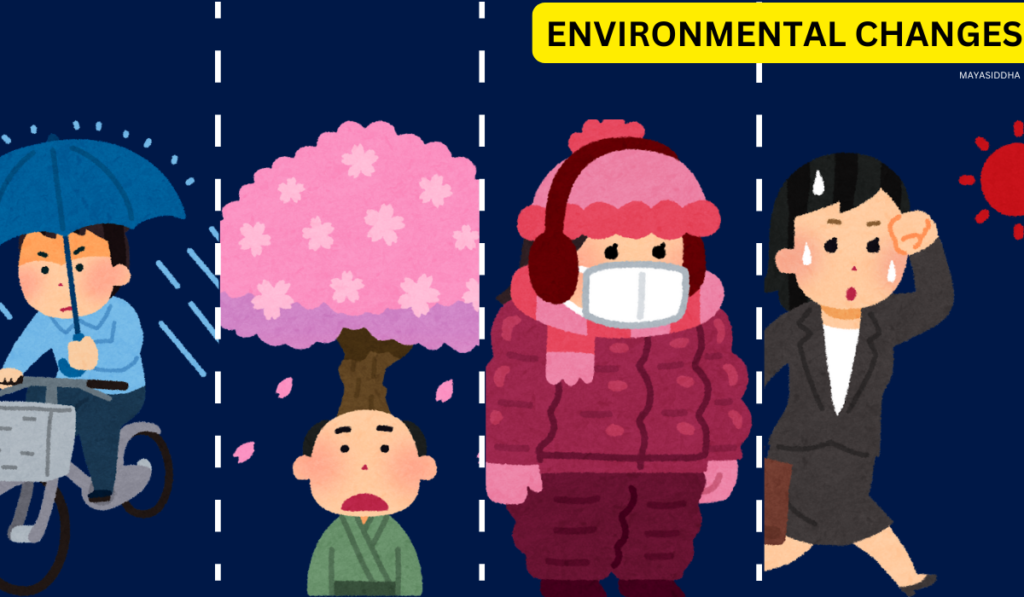
Maya: So, you are saying that we change throughout the day. If so, then we are not the same human a minute before, right?
Subha: Well, yes.
Maya: Can you explain in detail?
Subha: Sure. Let’s dive into the human body for a while for easier understanding.
Seesaw
To be precise, every function in our body changes with the changing environment. Each function goes up and down like a see-saw throughout the day as a response to the fluctuating environmental conditions.
This natural change that occurs within us as a response to environmental change influences our Circadian rhythm.
Ok, let me explain with an example to make it clear. When the environmental temperature rises, our body temperature also rises, which induces sweat and keeps us cool in the hot environment. This is one of the survival mechanisms of our body.
So the change occurring in the environment also occurs within us and the change that happens within us helps us survive in that environment.
In fact, when the environmental temperature rises, our body temperature rises, slightly exceeding the normal range. This induces sweating which cools us and brings the elevated body temperature back to the normal range.
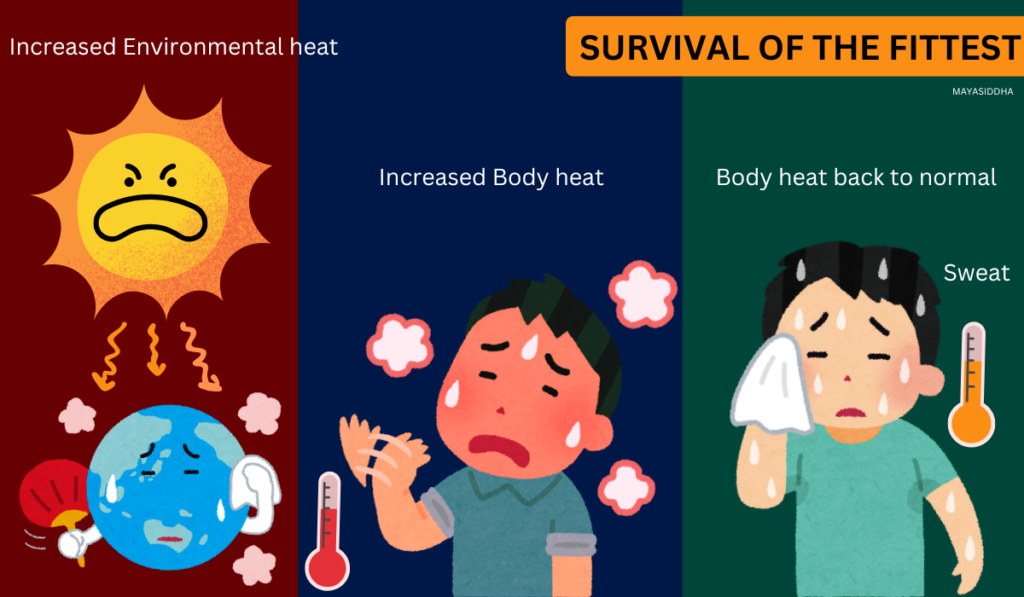
So we change and adapt to the changing environment while simultaneously maintaining our functions within a normal range – it’s a dual process.
Maya: Wow.
Subha: You know! Our body maintains a normal range for every function. When a function goes out of normal range, our body will automatically work on that to bring it back to normal range as we saw in the previous example.
That’s called Homeostasis. It is a self-regulating mechanism by which we maintain every function within a normal range while adapting to the changing environment to survive better.
It’s like, when we move to a new place, we change ourselves to adapt to the new environment and once we have adapted we return to being ourselves.
Maya: Ok, can you name some functions that work this way?
Subha: Hmm, functions like blood sugar, blood pressure, temperature etc. and all other functions work on this principle. For example –
Glucose homeostasis
When the level of sugar a.k.a glucose in our blood goes out of normal range, our body responds in the following way –
1. It tries to put glucose into the cell for energy use.
2. If cells are already filled with glucose, then the excess will be handled in two ways –
(a) Eliminates the excess from the body via urine and sweat.
(b) If it is too much to be handled, then the excess is left out in the blood vessels, resulting in high blood sugar and diabetes.
Over time the leftout glucose accumulates on the blood vessels, forming a plaque, which leads to atherosclerosis, the leading cause of heart dis-ease.
In these ways, our body manages to maintain blood sugar within a normal range.
Maya: I understood. But I have one question. How does our body know that a function is out of balance?
Subha: Great question Maya. We have Receptors that act like sensors. They detect the changes in both the internal (within our body) and external environment and help maintain our homeostasis.
You know! With the help of the thermoreceptor, a type of receptor-our body detects the changes in temperature and helps us adjust accordingly to maintain homeostasis. If you wanna know more about receptors, you can refer to this.
Summary
We are part of the universe. Any change that occurs in the universe will also occur within us. So our body changes with the changing environment and at the same time maintain the internal balance (Homeostasis). Therefore, balanced both inside as well as with outside environments.
If the balance with the external environment doesn’t go well, then we become unfit to survive in this universe. And if the balance within our body goes out of range, we become dis-eased.
Reference
1. Libretti S, Puckett Y. Physiology, Homeostasis. [Updated 2023 May 1]. In: StatPearls [Internet]. Treasure Island (FL): StatPearls Publishing; 2024 Jan-. Available from: https://www.ncbi.nlm.nih.gov/books/NBK559138/
2. Marzvanyan A, Alhawaj AF. Physiology, Sensory Receptors. [Updated 2023 Aug 14]. In: StatPearls [Internet]. Treasure Island (FL): StatPearls Publishing; 2024 Jan-. Available from: https://www.ncbi.nlm.nih.gov/books/NBK539861/
2 comments on this post so far:
Add your Thoughts:
Loading comments...

